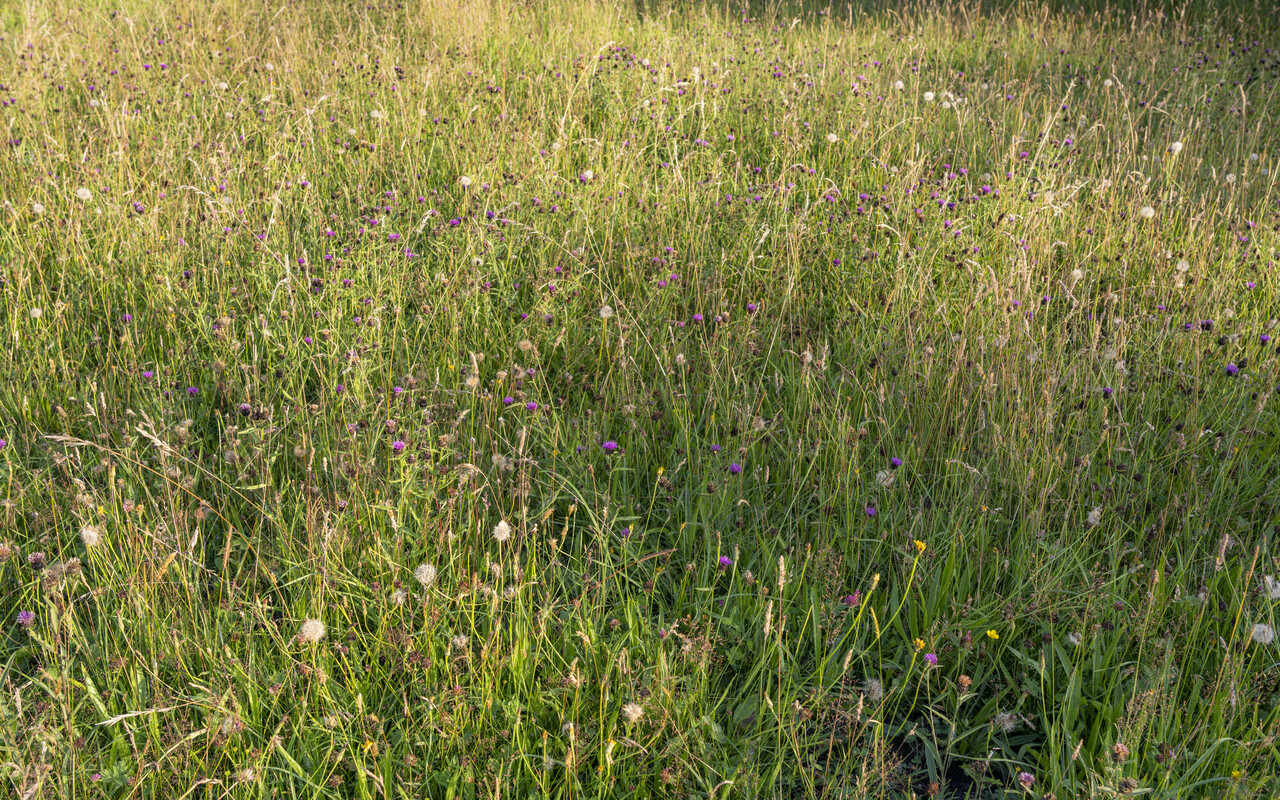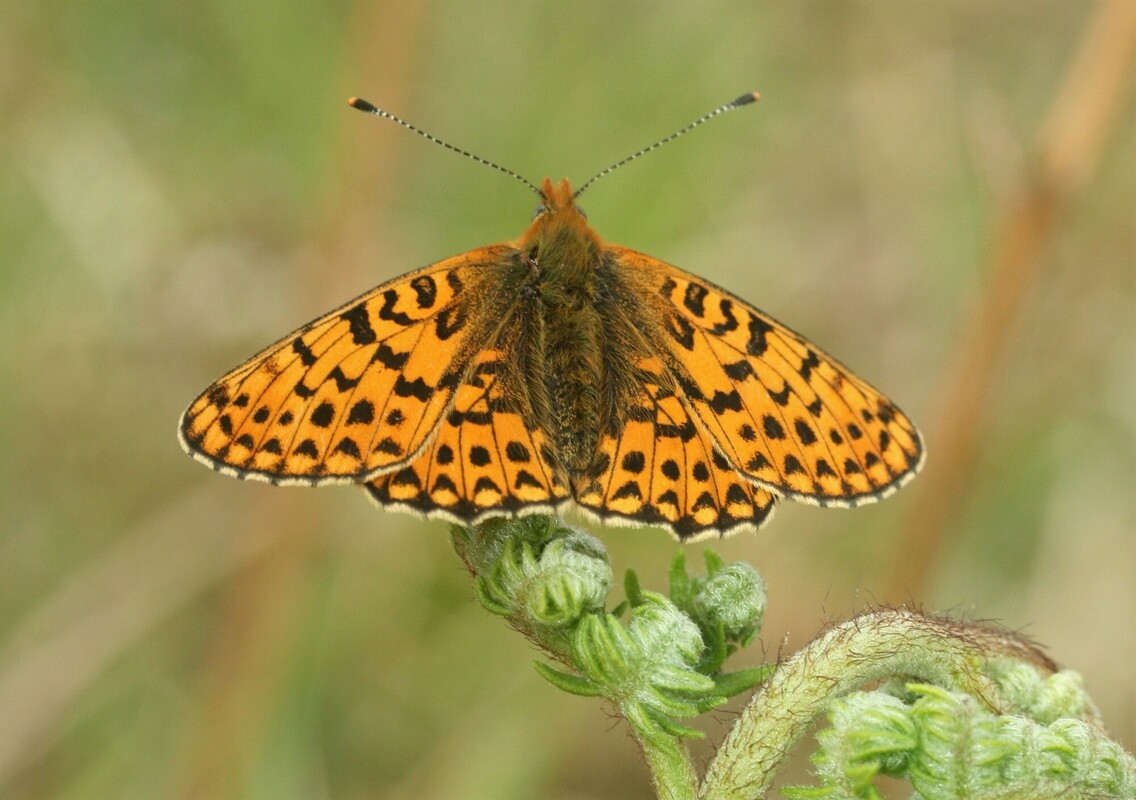It's high summer and huge oaks, ashes and beeches in full leaf are supporting hundreds of insects and birds; these ‘natural cathedrals’ are looking magnificent. Have a wander through a wildflower meadow too.
White carpets of cotton-grass on the boggy fell plateaux, heavy with soft white seed heads, will be a glorious sight; the fluffy ‘flower’ heads look like cotton wool balls blowing in the warm breeze. This sedge’s soft fibres were once used for stuffing mattresses and pillows, and in the First World War it was harvested with sphagnum moss to make wound dressings. Look out for it growing on the moor tops in wet, peaty, blanket bog conditions. Blakey Ridge between Hutton le Hole and the Lion Inn is a good place, looking west toward Farndale.
Our tip
At the National Trust managed Bridestones, stroll through the wildflower meadows at Dovedale along the route of the Bridestones Trail and you’ll also see a fine example of an ancient Sessile Oak wood. Alternatively pay a visit to Duncombe Park National Nature Reserve, near Helmsley, home to many gnarled trunks of ancient and veteran trees. It includes the most important northerly lowland pasture oak woodland in England. Find a giant specimen and give it a hug!

Also look out for:
- The heady rich scent of lavender which will be filling the air now at lavender farms, along with bees and butterflies, hungry for nectar supplied by the beautiful flowers. As harvesting gets underway towards the end of the month, visit Wolds Way Lavender’s wood fired distillery, the only one in the country.
- Dragonflies, damselflies, skimmers, and hawkers will be really active during the warm sunny hours. Look out for them skimming fast over peatland bogs, lakes, and watercourses as they seek out partners to mate with. You'll find Common and Southern Hawkers; Emerald, Common Blue and Large Red damselflies at Goathland Tarn while Banded Demoiselle damselflies with their coloured wings can be seen on a stroll along the river Rye and Derwent in the Howardian Hills.
- Kingfishers! One of the most brilliantly-coloured birds in Britain. You may be fortunate to see a flash of brilliant-blue when you walk by a river or lake as a kingfisher dashes across water, or it makes a shallow dive to catch small fish. A good place to try is at the pond-dipping pond at Guisborough Forest and Walkway.
Walk of the month
July is a perfect time for a butterfly walk. Butterflies on the wing to look out for this month include ringlet, comma, meadow brown, common blue, small tortoiseshells, small pearl-bordered fritillary, large heath and dark green fritillary. Caukleys Bank near Nunnington is a good area for spotting a variety of species and the views into the Howardian Hills National Landscape and across the Vale of Pickering to the North York Moors make the perfect backdrop.

